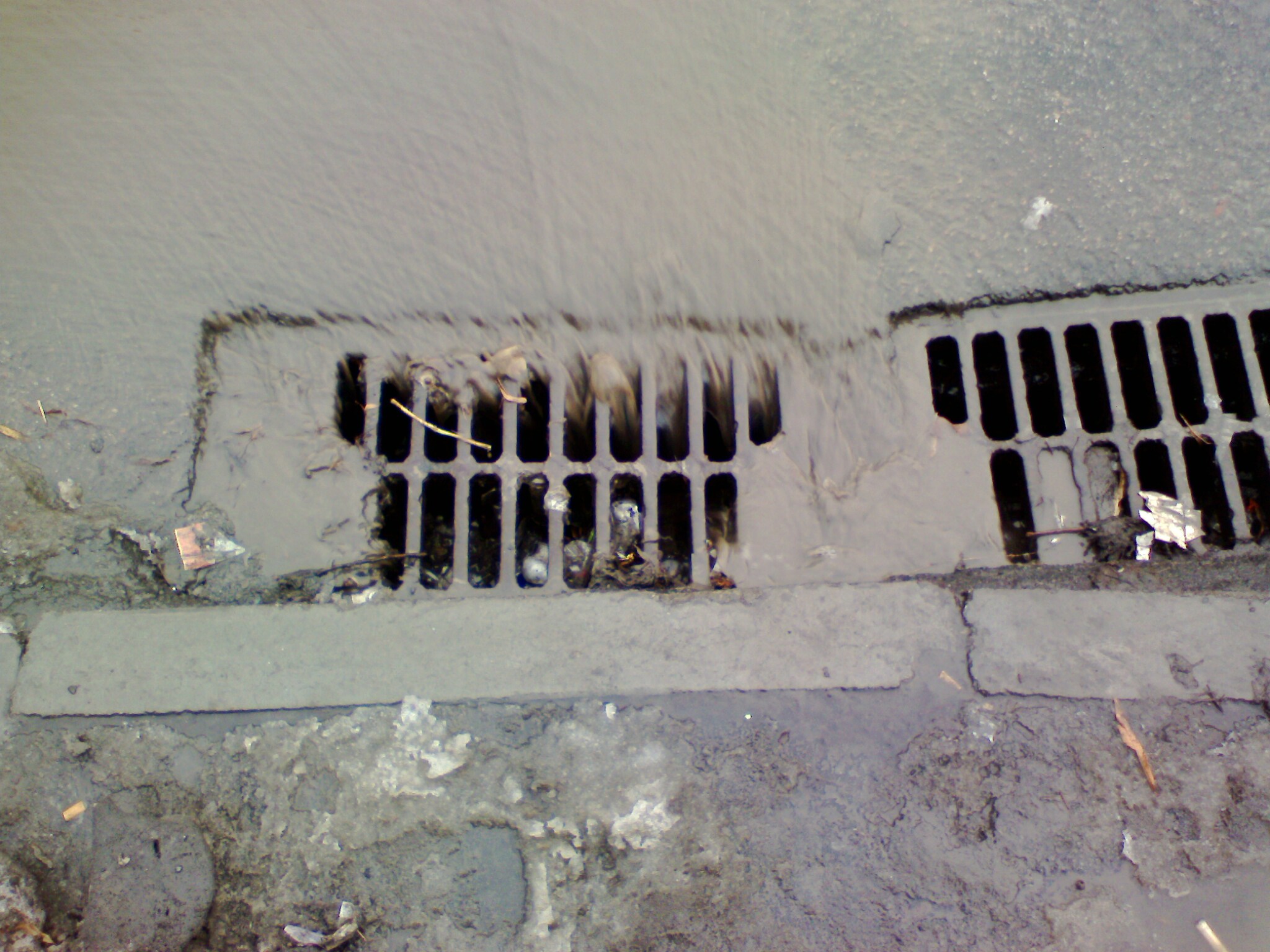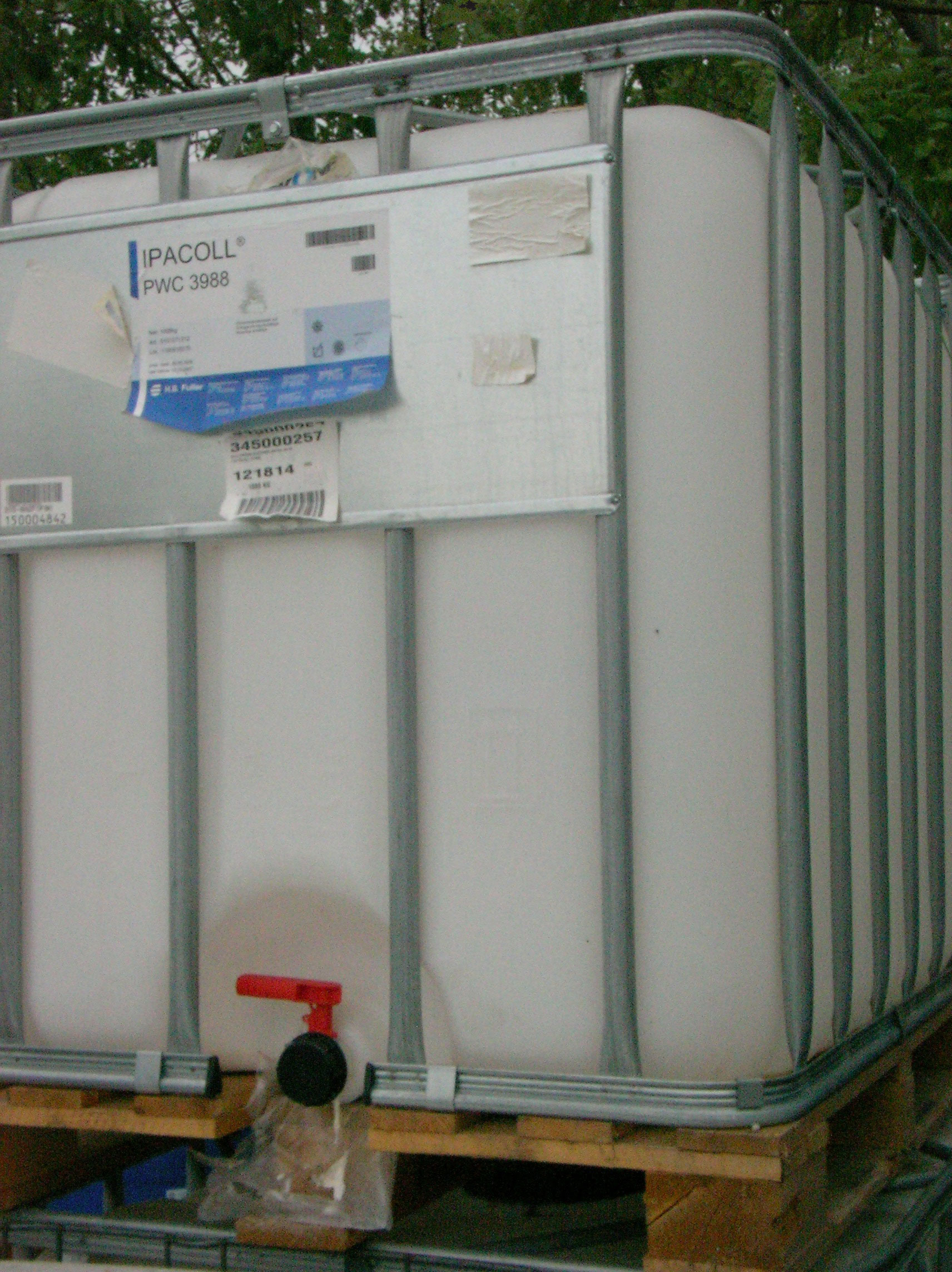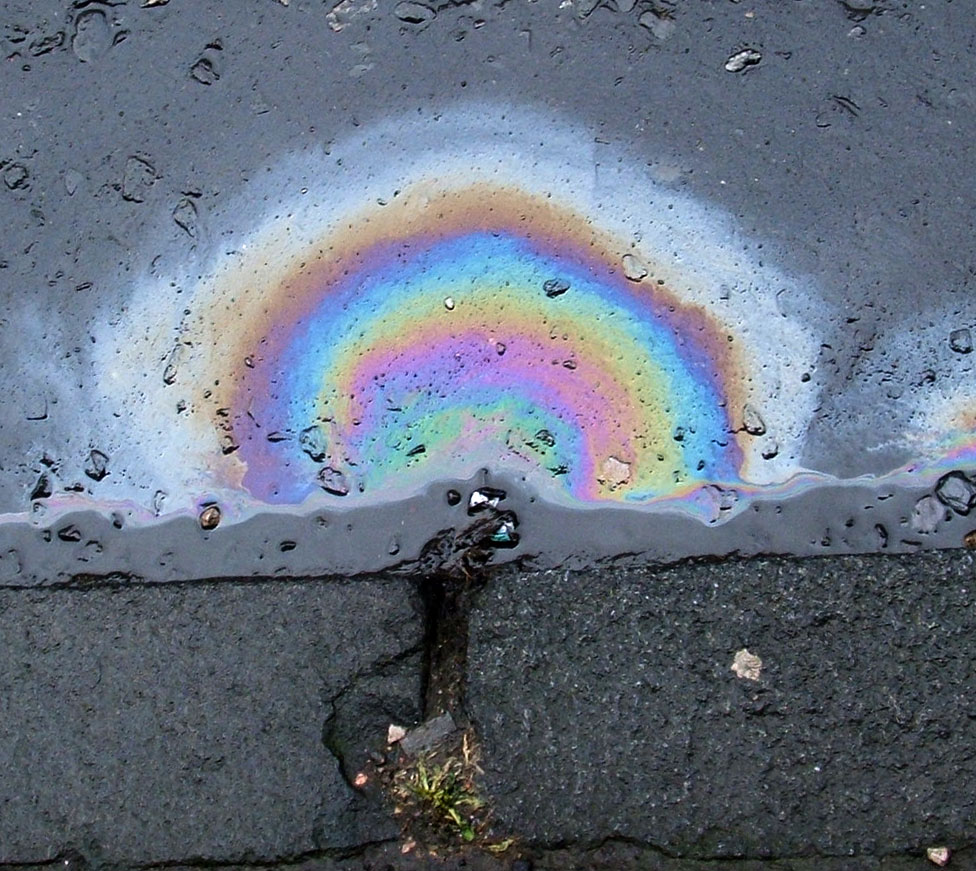
Liquid waste has the potential to seriously harm the environment, soils, plants, animals and human health. As a business that handles liquid waste, it is your responsibility to ensure doesn’t threaten the surrounding environment. This might mean selecting the right liquid waste removalist or simply educating your employees on how to respond to a spill correctly.
Here are the steps to ensuring you are treating your liquid waste in an environmentally sustainable way.
EPA Licensed
First and foremost – to be confident your liquid waste is being removed in a sustainable manner, it is critical that the liquid waste company you choose are licensed under the EPA (Environment Protection Act 1993). This means, by law, the company needs to dispose of waste following the SA Water requirements as they are responsible for any pollution, environmental harm, or potential environmental harm cause by the waste.
Avoiding Stormwater-way Pollution
 If handled inappropriately, liquid wastes can harm the environment and your business. Clearly this is a risk, so as well as insuring your liquid waste is disposed of properly, it is also important to make sure liquid waste does not enter the stormwater system during the production process. Following these steps can do avoid stormwater-way pollution:
If handled inappropriately, liquid wastes can harm the environment and your business. Clearly this is a risk, so as well as insuring your liquid waste is disposed of properly, it is also important to make sure liquid waste does not enter the stormwater system during the production process. Following these steps can do avoid stormwater-way pollution:
- Locating all drains at your premises and knowing where they discharge to
- Identifying the drains that are connected to the stormwater system and ensuring that only uncontaminated rainwater enters them
- Ensuring that drains inside buildings or covered areas do not discharge to the stormwater system
- Clearly labelling all drains at your premises and knowing which drains can only accept uncontaminated stormwater
- Regularly check spill response stations to make sure they contain all appropriate equipment
Storing liquid waste responsibly

Storing liquid waste safely helps protect the environment, your business, and employees. Correct storage is a effective way to avoid pollution, here are a few tips on how to perfect the practice:
- Store liquid waste in a bunded and covered area.
- Where possible, minimise the number of liquid waste containers stored at your premises – the fewer the better
- Clearly label the designated liquid waste storage area and identify the contents stored.
- Don’t store liquid waste in drums or containers that are rusted, dented or show signs of deterioration
- Use spill containment systems that minimise the likelihood of drums tipping over and causing a spill outside the designated containment area.
Responding to Spills
Liquid waste spills that are not appropriately handled can have significantly negative affects on the environment. By correctly responding to spills and managing the clean-up of liquid waste spills your company can minimises environmental harm. Here are some tips to remind you of what to do in the event of a spill:

- Attend to liquid waste spills immediately
- If it is safe to do so, stop the spill at its source.
- For spills of hazardous liquid waste, contact SN Fire Brigade immediately on )). Report liquid waste spills to your supervisor/ manager.
- To contain a spill, distribute spill control and absorbent material around and over the entre spill area, working from the outside and circling to the inside.
- Ensure these materials are disposed of at a legal facility – they cannot be placed in general waste bins. Contact a Liquid waste removalist for advice.
Businesses that handle liquid waste in a way that threatens the environment can be issued with a legal notice to take action, fined or can even face court action. So it is very important to remember that stormwater drains flow directly to local waterways, and have major effects on the environment.



